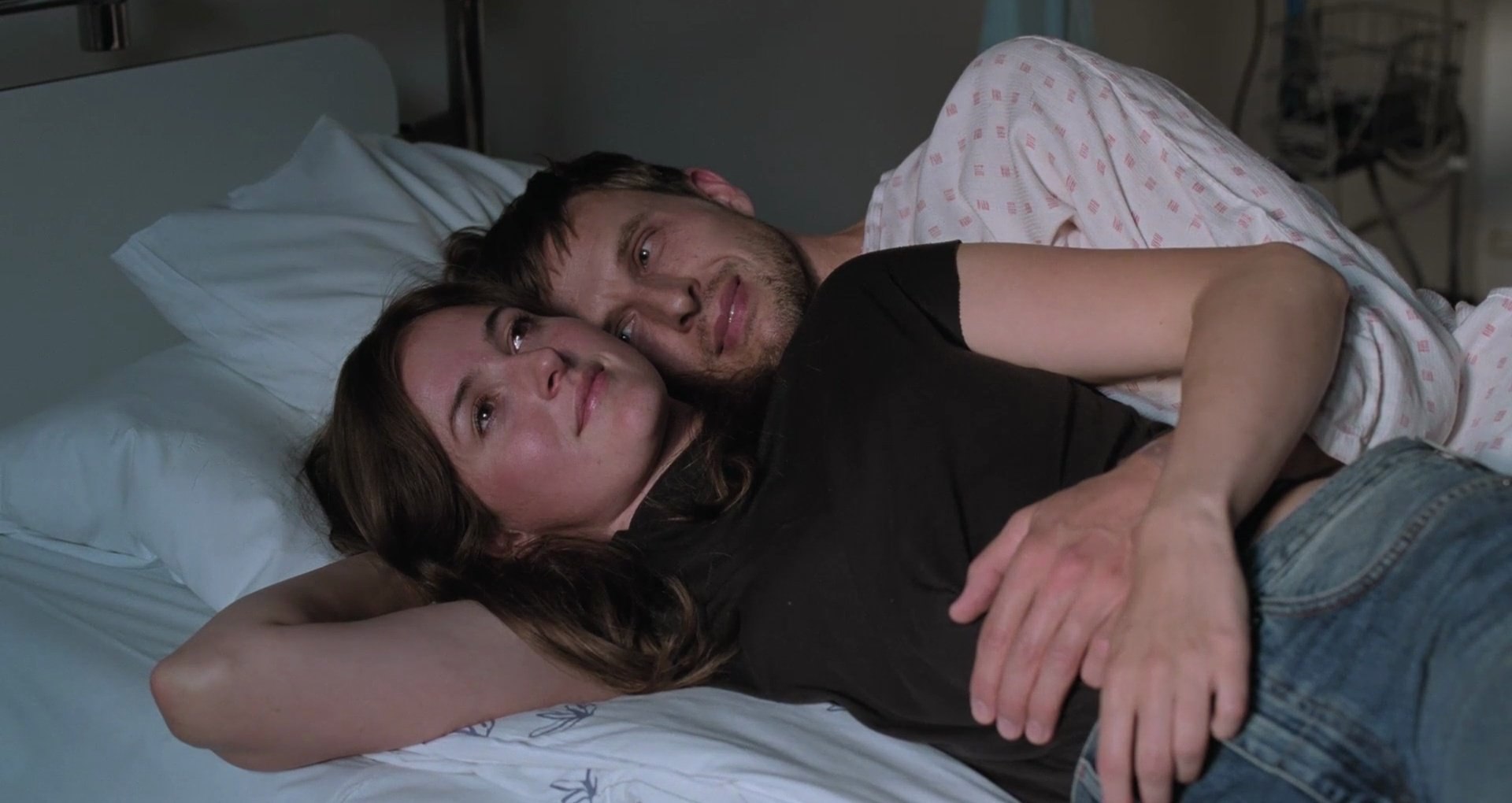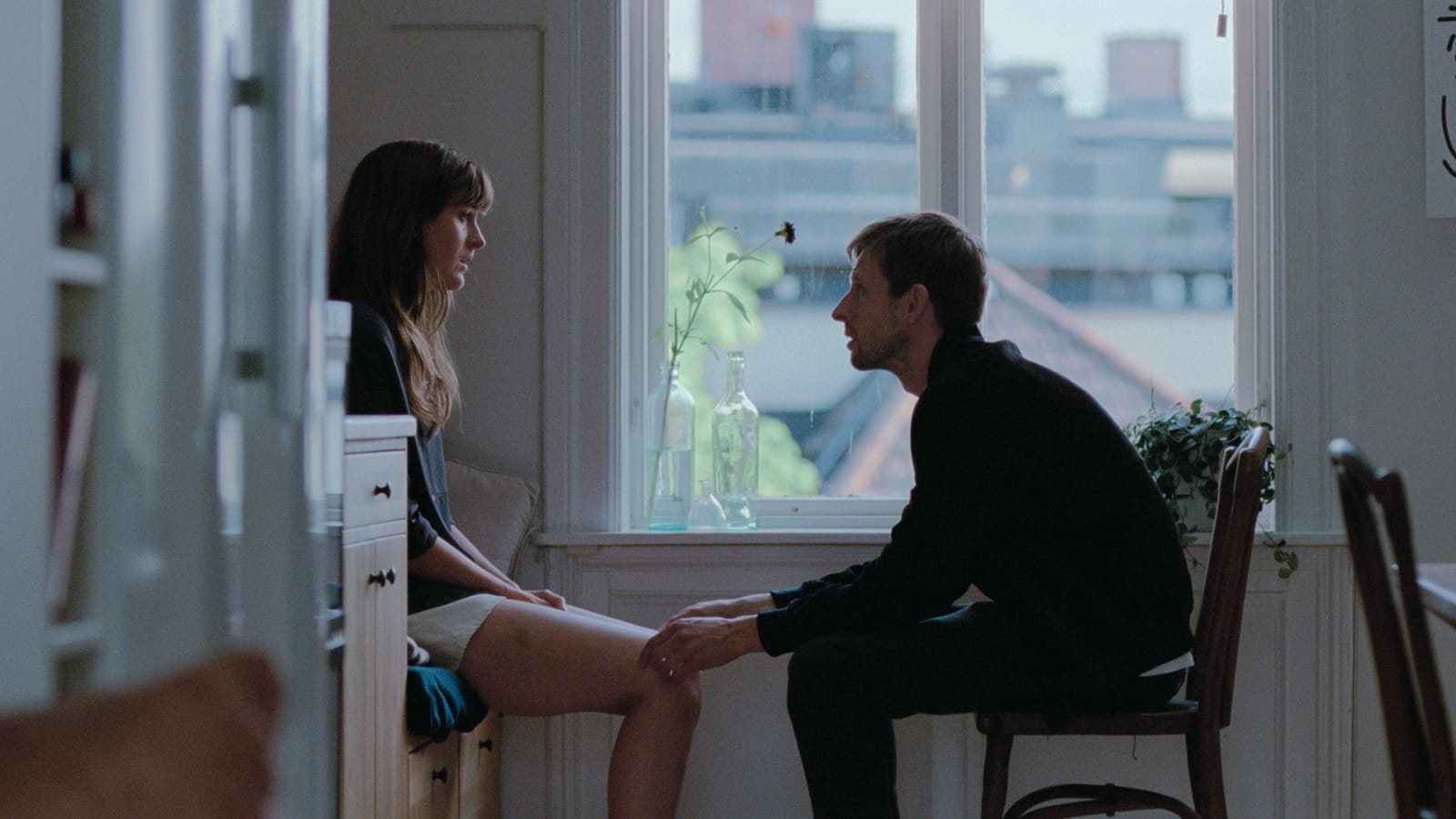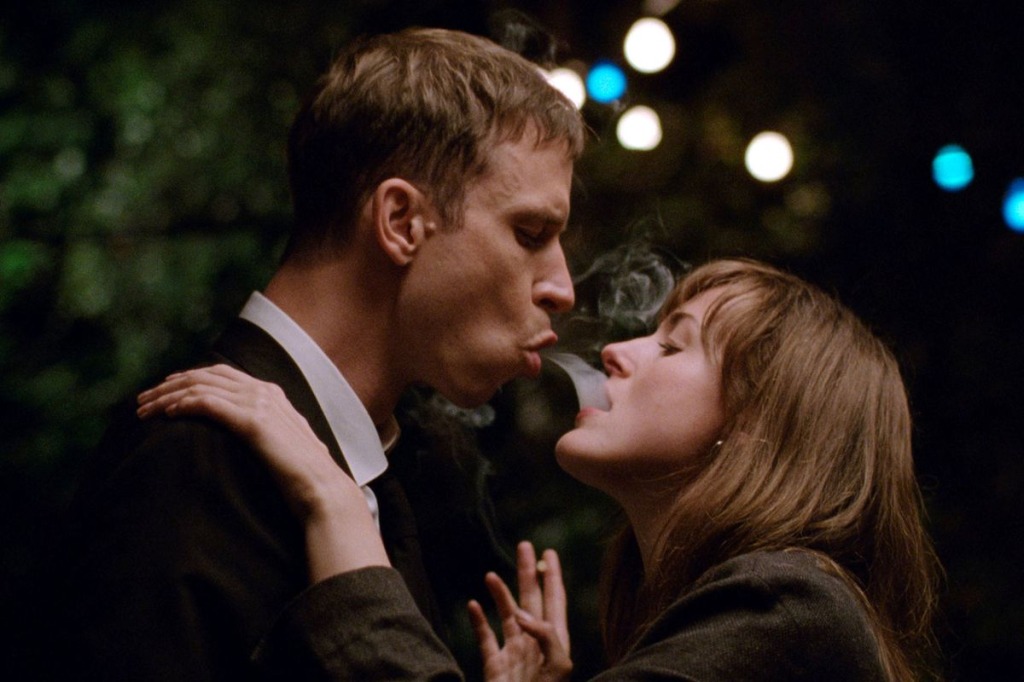The Worst Person in the World (2021)

The Worst Person in the World (2021) is a critically acclaimed romantic comedy directed by Joachim Trier, who co-wrote the screenplay with Eskil Vogt. It is the third and final film in Trier’s Oslo Trilogy, following Reprise (2006) and Oslo, August 31st (2011). The film tells the story of Julie, a young woman in her late twenties, navigating the complexities of love, career, and self-identity. It explores the modern struggles of finding one’s place in the world, especially when expectations and desires are constantly shifting.
The protagonist, Julie (played by Renate Reinsve), is a charming but deeply uncertain woman who is in the midst of figuring out what she wants from life. She is involved in a relationship with an older man, Aksel (Anders Danielsen Lie), a graphic novelist, but finds herself attracted to someone else, a young man named Elyas (Omar Dazz). Julie’s indecision and emotional turmoil are central to the film, as she tries to balance her love life with her professional ambitions. Trier’s exploration of her internal conflict feels both personal and relatable, making Julie a complex character whose journey resonates with audiences.
The film is divided into several chapters, each marking a different phase of Julie’s life. The narrative structure is fluid, mirroring Julie’s shifting emotions and choices. At times, the film feels like a diary, capturing her most intimate moments, while at other times, it adopts a more whimsical, surreal tone. This nonlinear structure reflects the unpredictability of Julie’s life and the messy, often contradictory nature of human relationships. The film cleverly uses fantasy elements, such as a scene where Julie’s life seems to momentarily freeze, to highlight her inner confusion and desire to escape from the pressures she faces.

Julie’s romantic entanglements are a key part of the film, but The Worst Person in the World is also a profound exploration of identity and ambition. Julie initially starts out studying medicine but eventually switches to photography, reflecting her search for meaning and purpose. Her indecisiveness about her career mirrors her approach to relationships—she is constantly unsure of what she wants and struggles to commit to any one path. The film’s portrayal of Julie as a “worst person” is not meant to condemn her but to show her as an imperfect, relatable character grappling with the pressures of adulthood and self-discovery.

The performances in The Worst Person in the World are exceptional, particularly Renate Reinsve’s portrayal of Julie. Reinsve brings a depth and vulnerability to the character, capturing both her charm and her flaws. Anders Danielsen Lie also shines as Aksel, portraying a man who is aware of the age gap between him and Julie but is deeply invested in their relationship. The chemistry between the two actors adds emotional weight to the story, particularly in the way their relationship evolves and the eventual realization that their differences may be too great to overcome.

In conclusion, The Worst Person in the World is a witty, heartfelt, and insightful film that captures the complexity of modern relationships and the quest for self-identity. Through its unique narrative structure, brilliant performances, and a perfect balance of humor and poignancy, the film resonates with anyone who has ever struggled with the uncertainties of love and life. Joachim Trier’s direction, along with his collaboration with Eskil Vogt, results in a deeply human story that is both relatable and thought-provoking, leaving audiences to reflect on their own choices and the paths they have taken.











